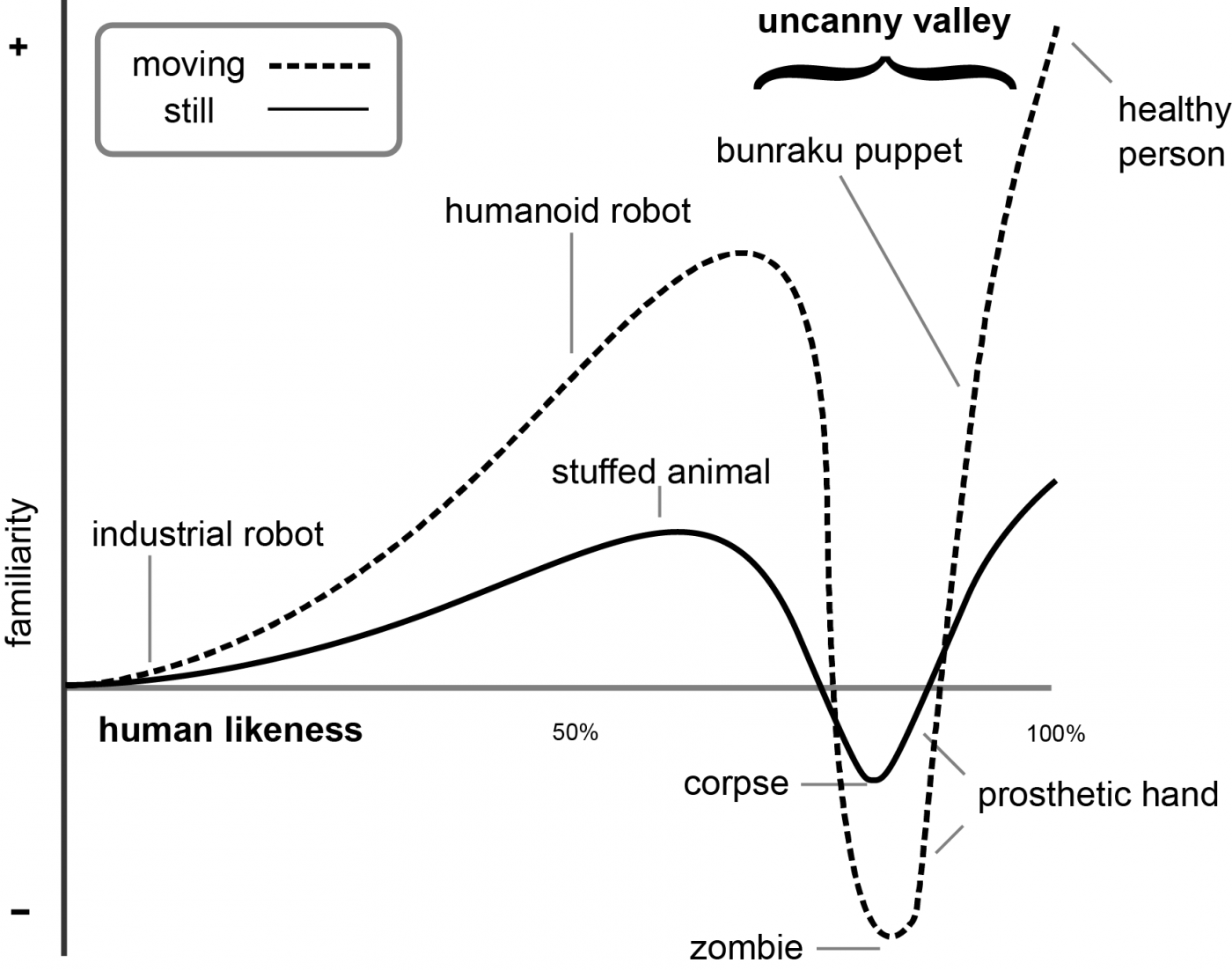Author: Kelton Reid / Source: Copyblogger

Ready Player One has been called pure “nostalgic nerd-bait” by film critics, but that’s not the only reason it earned $300 million worldwide in just its first week.
It follows some very well-worn blueprints of blockbuster filmmaking that its iconic director, Steven Spielberg, practically invented.
From the high-energy title sequence to the quintessential Spielbergian finale, it’s a sometimes formulaic, self-referential film that strays quite a bit from the book it’s based on, but one that nonetheless fulfills its promise to audiences.
Why a famous movie director desperately needed a winner (no spoilers)
For Spielberg, the New Hollywood godfather and one of the most successful directors of all time (see: Jaws, E.T., Raiders of the Lost Ark, Jurassic Park, and Back to the Future, to name only a few), the film’s early success was a huge relief.
The director used some of the most ambitious CG visual effects ever to adapt Ernest Cline’s popular dystopian sci-fi novel into a 140-minute, popcorn-inhaling, VR pop-culture mashup, and it’s already proven to be his highest grossing film in 10 years.
And he’s clearly learned some important lessons about wielding the powers of new technology and selling tickets.
Because past failures sting
Ready Player One (RPO) is a return to form for Spielberg, and his first big budget, action-fantasy film since The Adventures of Tintin in 2011.
Did you forget about ‘The Adventures of Tintin’ too? Many of us did, and probably for a good reason.
That movie was a box office disappointment that collected less than $23 million in its debut. Not a great showing for a collaboration with The Lord of the Rings director, Peter Jackson, that cost upwards of $140 million to make.
Critics and audiences alike were just plain creeped out by the adaptation of the beloved Tintin comics. But why?
Don’t fall into the “uncanny valley”
It seemed a sure thing for Spielberg. The popular and long-running 1930s Belgian comic is one of the most popular of all time.
“By 2007 … Tintin had been published in more than 70 languages with sales of more than 200 million copies, and had been adapted for radio, television, theatre, and film.” – Wikipedia
The glaring flaw of the film was its use of, at that time, bleeding edge 3D digital visual effects that incorporated live action motion capture, not dissimilar from those used in RPO.
Spielberg executed his filmmaking skills well enough, but something was lost in the translation of the near-photo-realistic faces and the eyes of the characters.
Dead eyes are a warning sign
The characters in Tintin looked human — but not in a good way.
Tintin’s face didn’t move the way a real human face should. His inelastic eyes, eerily shifting gaze, and mannerisms were just unsettling.
There is a popular theory that explains this very phenomenon known as the “uncanny valley,” proposed in 1970 by Japanese robotics professor Masahiro Mori.

Put simply:
“… the closer an artificial character or mannequin comes to resembling a human face without actually pulling it off, the more unsettling its presence will become.” – Daniel D. Snyder, “‘Tintin’ and the Curious Case of the Dead Eyes”
Audiences love humanoid droids like C-3PO, the characters from Frozen, or anthropomorphic movies like Sing, because they are exaggerated and “human-like,” but not so much so that they creep us out.
We are hardwired to reject zombie content
It’s an evolutionary sniff-test programmed into our brains to recognize when people don’t look or…
Audience Team
The digital audience insights you need to build, manage and market to your digital audiences.

